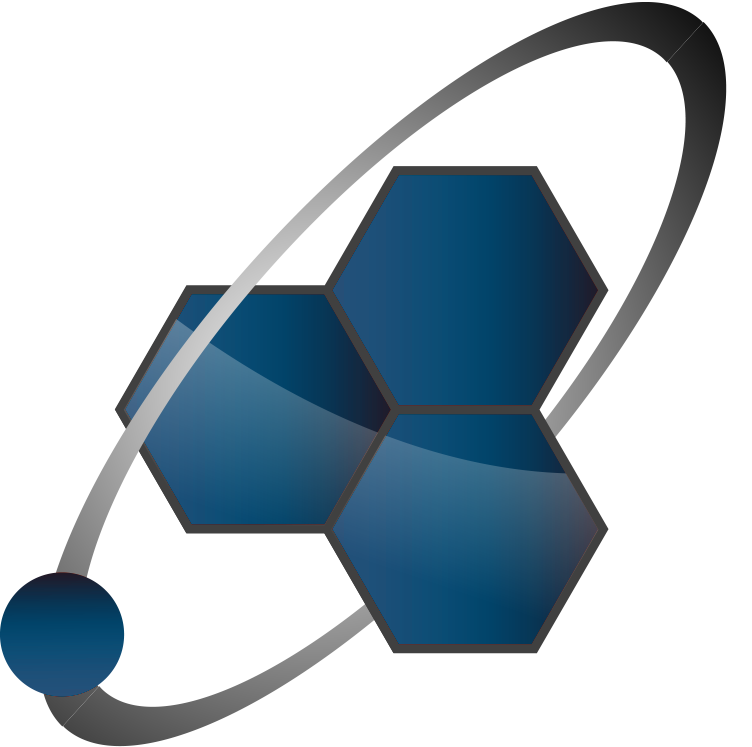Coronavirus on campus: The UCSD plan

Last week I posted about considerations for colleges reopening this fall in the time of coronavirus. The following email recently arrived from my son’s school, the University of California-San Diego. I am so impressed by this ambitious, well-conceived plan to reopen the school that I thought it might be of interest to my blog readers.
The plan is called “Return to Learn” (catchy) and in the words of Chancellor Khosla,
“This program is unprecedented and audacious. If successful, it could serve as a model—not only for higher education, but also for cities, counties, and states working to fight the spread of SARS-CoV-2.” https://coronavirus.ucsd.edu/return-to-learn/index.html
They even plan to use “my idea” about monitoring SARS-CoV-2 RNA in campus wastewater!
The letter itself is not online, so here is the full text:
UC San Diego
Dear Triton Parents and Families,
Please see the following all-campus notice regarding UC San Diego’s Return to Learn program, which aims to broadly test students, faculty and staff on campus on a recurring basis for presence of the SARS-CoV-2 virus that causes COVID-19.
CAMPUS NOTICE
OFFICE OF THE CHANCELLOR
May 5, 2020
ALL ACADEMICS, STAFF AND STUDENTS AT UC SAN DIEGO
SUBJECT: UC San Diego’s Return to Learn Program
The COVID-19 pandemic required universities throughout the nation to quickly implement remote learning so that students could continue their studies while they took shelter. At the end of the winter quarter, many UC San Diego students returned to their homes, which provided space on campus for those who remained to practice social distancing and adhere to Governor Newsom’s stay-at-home order. Since then, all students have been participating in remote learning.
While we are proud of the success of our remote education programs, UC San Diego is committed to continuing to offer students a unique in-person college experience, where they can learn and live on campus.
To guide our future responses to the pandemic, a team of UC San Diego clinicians, molecular biologists, technologists, infectious disease experts, bioinformatics specialists, disease modelers, public health experts, and others has launched a new program called “Return to Learn.” The initial phase, which begins May 11, is designed to make COVID-19 testing available for the more than 5,000 students who continue to reside on the UC San Diego campus.
Five major components comprise the UC San Diego Return to Learn Program.
RISK ASSESSMENT AND MITIGATION
Through comprehensive review of physical and functional aspects of the UC San Diego campus, we seek new strategies for stratifying and reducing transmission risk of SARS-CoV-2, such as optimal class sizes and density, the scope and structure for co-curricular activities, and appropriate personal behaviors, like physical distancing and the use of face coverings, to help reduce spread of the virus.
PROACTIVE VIGILANCE
We have created rigorous mathematical models for an enhanced viral monitoring program to help us detect the presence of SARS-CoV-2 on campus in its earliest stages, possibly before people even know they’re infected. According to our models, if we are able to successfully test 60 to 90 percent of our campus population for viral infection each month on a recurring basis, we estimate we have a greater than 90 percent chance of detecting the spread of SARS-CoV-2 when fewer than 10 persons among tens of thousands are actively, but unknowingly, shedding viral particles. This is possible because we are a research university with a deep reservoir of tools, from innovative sampling techniques to high-throughput nucleic acid detection platforms to extensive public health expertise.
RAPID RESPONSE
If a testing sample proves positive for SARS-CoV-2, a specially trained, campus-based public health team will attempt to reach out to that person to notify them and urge them to seek appropriate health care. The team will also try to identify and notify persons with whom the infected person may have had close contact in previous days—an effort known as exposure notification. As required by law, we will be working closely with state and local public health officials in all of our responses.
TECHNOLOGICAL TOOLS
Recent studies suggest SARS-CoV-2 may be most infectious before symptoms appear. Therefore, to further enhance chances of catching the virus early, Return to Learn will also look for viral RNA from residential wastewater and surface collections. If the virus is detected, molecular sequence analyses will be used to create a database to help guide public health measures. By combining information technologies, cutting-edge epidemiology tools, diverse cellular and molecular sciences, and traditional public health interventions, our approach offers the possibility of extraordinary levels of viral control at the population level.
BIG PICTURE
All of these efforts will be integrated to promote early analysis of viral activity signals and quicker response times. The Return to Learn program has been designed to identify clusters of individuals shedding virus or those at greater risk in specific locations, whether in a residence hall or a particular academic building. That will permit faster treatment, earlier mitigation of identified issues, and continuing refinement and improvement of the system.
By testing large numbers of UC San Diego students, faculty, and staff on a recurring basis, we hope to be able to quickly identify COVID-19 infections on campus and perhaps reduce the risk of a significant outbreak.
This program is unprecedented and audacious. If successful, it could serve as a model—not only for higher education, but also for cities, counties, and states working to fight the spread of SARS-CoV-2.
The UC San Diego Return to Learn Program represents higher education at its finest, and if successful, the program can help UC San Diego and similar institutions to do what we do best: teach, conduct leading-edge research, and provide service to our communities.
Students living on campus and critical operations staff currently on campus will receive an email with instructions on how to participate. To learn how the program works, please visit the Return to Learn Program website at: https://coronavirus.ucsd.edu/return-to-learn/index.html.
Thank you for your collaboration. We couldn’t do this without you. With the support and contributions of everyone, we will continue to make UC San Diego the best place in the world to work, study, learn, and innovate.
Pradeep K. Khosla
Chancellor
University of California San Diego
Office of the Vice Chancellor – Student Affairs
9500 Gilman Drive
La Jolla, CA 92093
Amy Rogers, MD, PhD, is a Harvard-educated scientist, novelist, journalist, and educator. Learn more about Amy’s science thriller novels, or download a free ebook on the scientific backstory of SARS-CoV-2 and emerging infections, at AmyRogers.com.
Sign up for my email list
0 Comments
Share this:



0 Comments